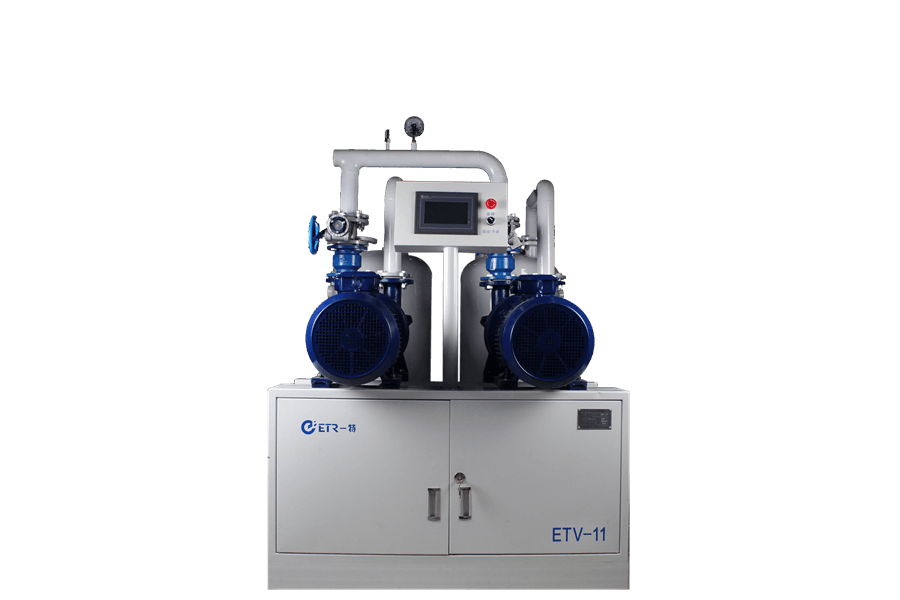How to prevent fish hypoxia in winter
2020-06-04 11:16:30
In winter, although the fish in the pond have reduced food intake, they still need some oxygen to breathe slowly. The dissolved oxygen in the pond is mainly derived from the photosynthesis of phytoplankton and the direct dissolution of oxygen from the air into the water. However, in the cold winter, once the surface of the pond is frozen, the oxygen in the air cannot be dissolved in the pond. When snow falls on the surface of the ice, the sun cannot directly shine into the pond water. The green plants in the water cannot produce photosynthesis and produce oxygen. In addition, most of the fish gather in the bottom of the water during the winter. If the water quality is poor, the fish is weak, and the management is not good, it can cause fish to lose oxygen and suffocate. The method of how to prevent fish hypoxia in winter is described below for reference.
1. Sweep snow. During the winter ice-covered period, in case of snowy weather, the snow on the surface of the fish pond should be promptly removed so that sunlight can reach the fish pond water, ensuring the normal photosynthesis of the green plants in the fish pond water, and releasing oxygen in time.
2. Break ice and oxygenate. After the water surface is frozen, it is necessary to open the ice surface every morning and evening. Generally, 5 to 6 square meters of ice eyes should be opened per acre of fish ponds. At the same time, the crushed ice cubes should be removed to avoid recurrence. Icy quickly.
3. Add new water. In addition to keeping the highest water level warmer during winter, the fish should also regularly inject new water to improve the living environment of the fish, increase dissolved oxygen, and generally inject water every 20 days. If the water quality of the pond is poor and aging occurs, the old water and harmful substances in the pool should be promptly discharged. Each time the amount of water changed is 1/3 of the original pond water, and then the new water is injected in time.
4 appropriate fertilization. When the water in the pond is thin, some inorganic fertilizer may be applied at noon on sunny days to promote the growth and warmth of the phytoplankton in the water, and to increase dissolved oxygen in the water through photosynthesis. The fertilizer is mixed with nitrogen and phosphorus. .
5. Regularly stir the pond. The purpose is to loosen the bottom mud, mix the upper and lower water bodies, promote the rapid decomposition of harmful substances at the bottom of the pool, and keep the fish at a certain resting place during the overwintering period so as not to cause oxygen deficiency. The method is to stir part of the bottom of the pond with bamboo rafts at noon on a sunny day. After a while, stir another part.
6. Pouring medicine. Regularly put appropriate amount of quicklime, bleaching powder and other chemicals into the pond to increase the oxygen in the ponds and improve the water quality.
1. Sweep snow. During the winter ice-covered period, in case of snowy weather, the snow on the surface of the fish pond should be promptly removed so that sunlight can reach the fish pond water, ensuring the normal photosynthesis of the green plants in the fish pond water, and releasing oxygen in time.
2. Break ice and oxygenate. After the water surface is frozen, it is necessary to open the ice surface every morning and evening. Generally, 5 to 6 square meters of ice eyes should be opened per acre of fish ponds. At the same time, the crushed ice cubes should be removed to avoid recurrence. Icy quickly.
3. Add new water. In addition to keeping the highest water level warmer during winter, the fish should also regularly inject new water to improve the living environment of the fish, increase dissolved oxygen, and generally inject water every 20 days. If the water quality of the pond is poor and aging occurs, the old water and harmful substances in the pool should be promptly discharged. Each time the amount of water changed is 1/3 of the original pond water, and then the new water is injected in time.
4 appropriate fertilization. When the water in the pond is thin, some inorganic fertilizer may be applied at noon on sunny days to promote the growth and warmth of the phytoplankton in the water, and to increase dissolved oxygen in the water through photosynthesis. The fertilizer is mixed with nitrogen and phosphorus. .
5. Regularly stir the pond. The purpose is to loosen the bottom mud, mix the upper and lower water bodies, promote the rapid decomposition of harmful substances at the bottom of the pool, and keep the fish at a certain resting place during the overwintering period so as not to cause oxygen deficiency. The method is to stir part of the bottom of the pond with bamboo rafts at noon on a sunny day. After a while, stir another part.
6. Pouring medicine. Regularly put appropriate amount of quicklime, bleaching powder and other chemicals into the pond to increase the oxygen in the ponds and improve the water quality.
ETR has independently developed an integrated vacuum pump unit composed of a water-ring vacuum pump, a gas-water separator, a vacuum solenoid valve, pipe fittings and an electrical control system.
It is a simple, safe and reliable device that continuously serves the wards all day long, without occupying the ward space. The negative pressure is sourced from the vacuum pump unit.

Vacuum Suction Unit
Vacuum Suction Unit,Vacuum Suction Machine,Negative Pressure Suction Machine,Medical Machine
Hunan Eter Electronic Medical Project Stock Co., Ltd. , https://www.centralgas.be